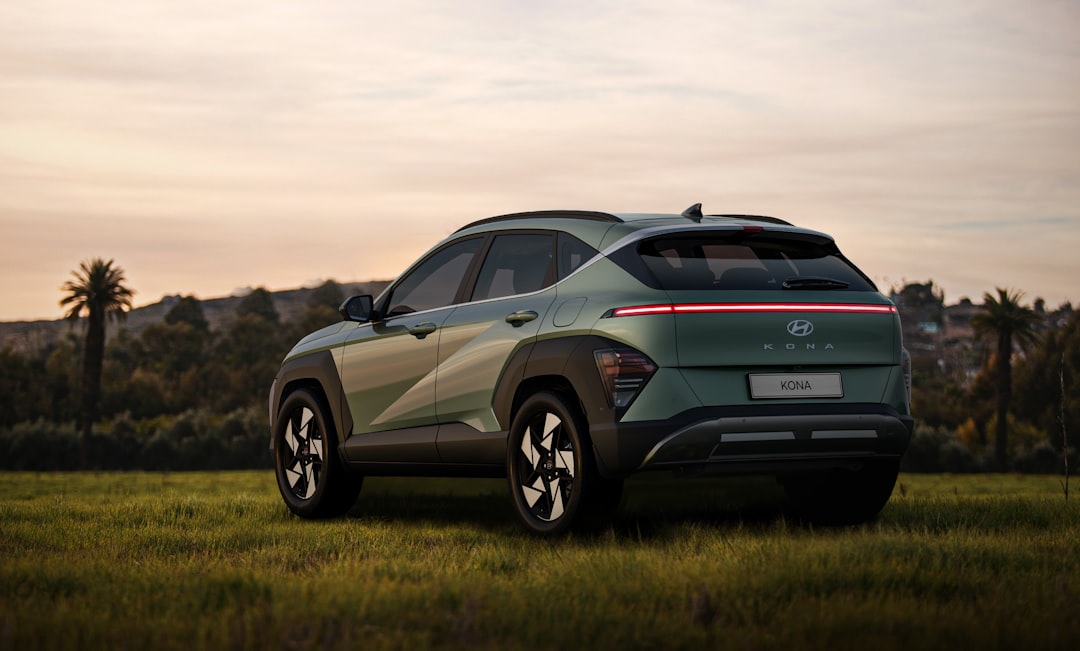
South Korea’s Hyundai Motor Co. and Kia Corp have announced a target to increase their combined global sales by 2% to 7.39 million vehicles in 2025. This goal follows a challenging year in 2024, where sales dipped 1% to 7.23 million vehicles, falling short of their annual targets.
Key Challenges Impacting 2024 Performance
Sluggish Regional Demand: While U.S. sales showed strength, demand in Europe and South Korea weakened significantly.
Political Uncertainty:
In South Korea, consumer sentiment plunged in December after President Yoon Su Yeol’s martial law declaration and subsequent impeachment.
In the U.S., President-elect Donald Trump’s proposed 10% universal tariff on imports could impact pricing strategies for South Korean automakers.
Macroeconomic Headwinds: A slowing global economy has reduced consumer spending power, further dampening demand in key markets like Europe and emerging economies.
Hyundai and Kia’s Strategy
U.S. Expansion: Hyundai began production at its new factory in Georgia last year, aiming to make vehicles eligible for tax credits introduced by the Biden administration. However, Trump’s potential removal of these incentives adds uncertainty.
Adapting to Competition:
Hyundai and Kia face growing competition from Honda and Nissan, which are in discussions to form the world’s third-largest auto group by 2026.
Japanese automakers’ collaborative strategies may pressure Hyundai and Kia in the global market.
Optimistic Sales Targets: Analysts remain cautious about Hyundai and Kia’s ability to achieve their sales goal, especially amid persistent economic and political uncertainties.
Outlook for 2025
The road ahead for Hyundai and Kia is fraught with challenges:
Economic Uncertainty: Europe and emerging markets continue to pose risks to sales recovery.
Trade Barriers: Potential tariffs under Trump’s presidency could erode profit margins and competitiveness.
Competition: The alliance between Honda and Nissan could create significant hurdles in global market share.
Despite these challenges, Hyundai and Kia’s robust presence in the U.S., coupled with ongoing investments in electrification and manufacturing, may provide some support for their growth aspirations.
For investors tracking the automotive industry, exploring sector trends using resources like the Sector Historical Overview API could offer valuable insights.

